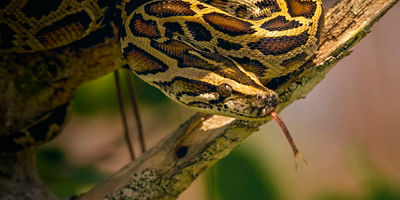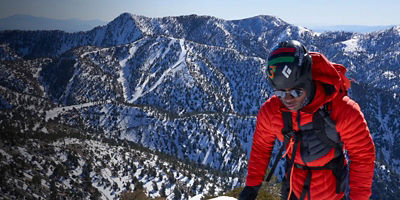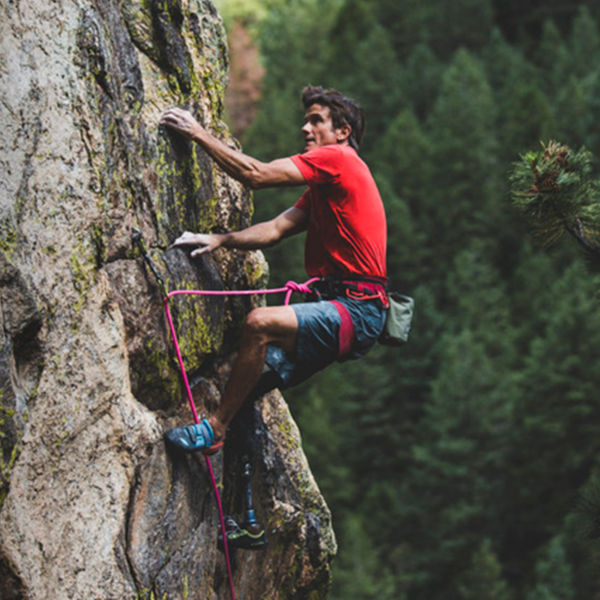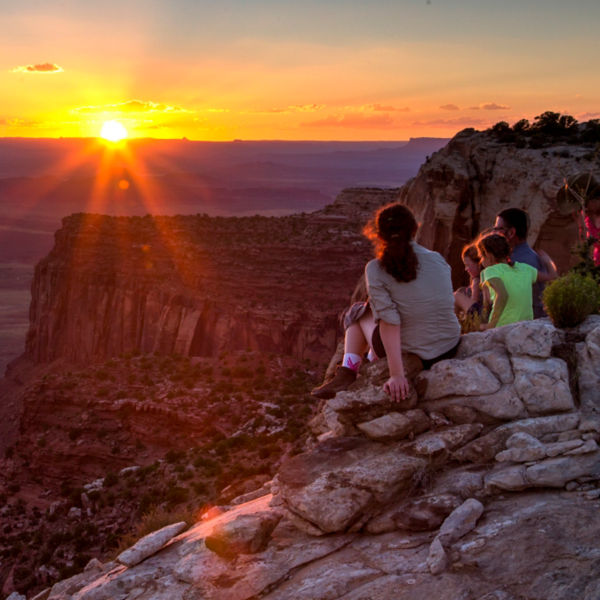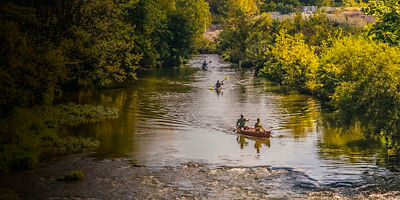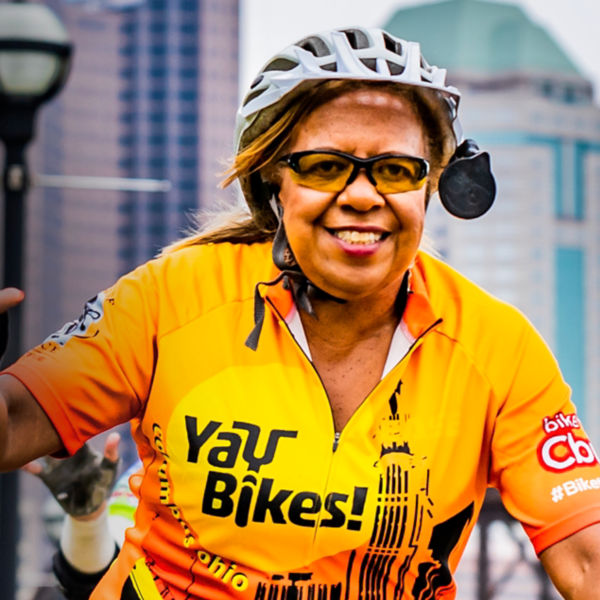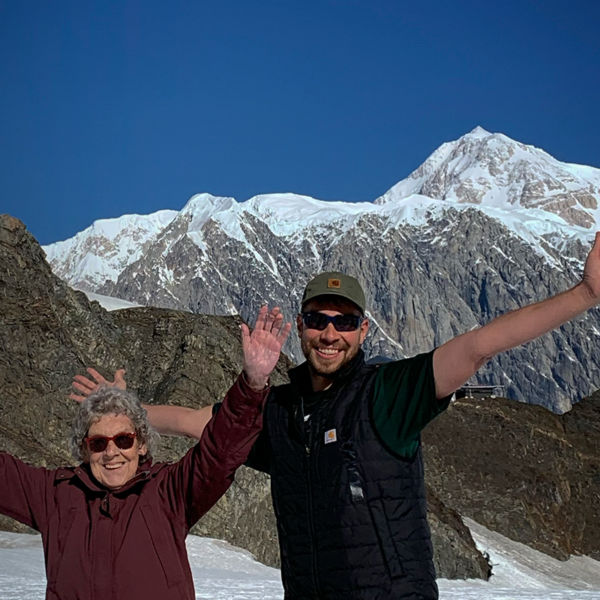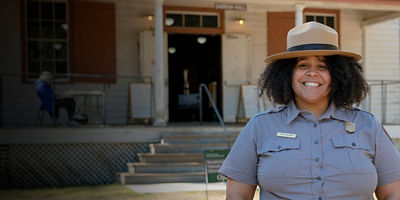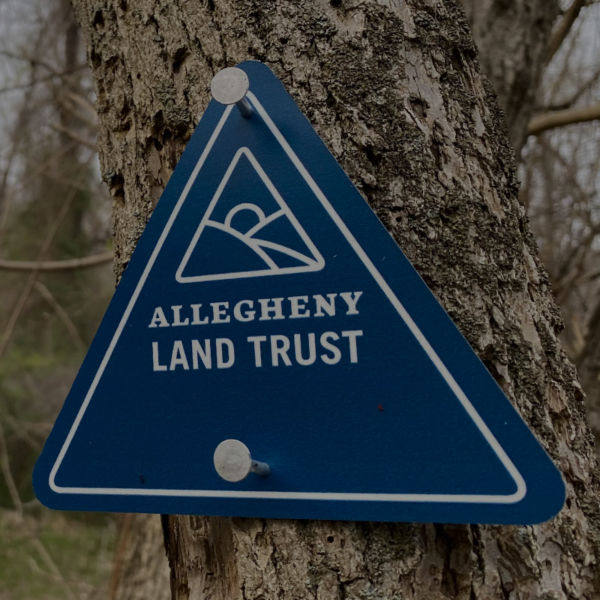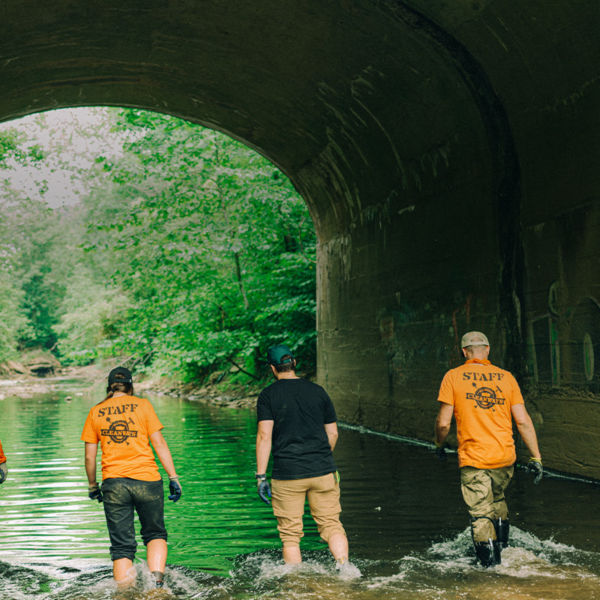
Kit DesLauriers has traveled to the edges of the earth. In 2006, she skied off the top of Mount Everest and became the first person to ski the highest peak on every continent. But there’s one place she keeps going back to and that she’s devoted her life to protecting. And that place is right here in the United States: the Arctic National Wildlife Refuge. During her first trip to ANWR in 2010, DesLauriers went to the Brooks Range to ski its highest peaks and traverse 70 miles through the refuge all the way to the Arctic Ocean. She’d never seen a place so wild, vitally important, and at risk of being destroyed by both oil and gas extraction and climate change. She was moved to act. Now, she sits on the board of the Alaska Wilderness League—a nonprofit that’s solely focused on safeguarding Alaskan wilderness.
DesLauriers is based in Jackson, Wyoming with her husband and two daughters. There, she recently discussed her career as an athlete and her journey as an advocate, leading to her work protecting ANWR alongside the Alaska Wilderness League (with the interview lightly edited and condensed for clarity).
PUBLIC LANDS: Can you tell us about the evolution of your career and how you got started with advocacy work?
KIT DESLAURIERS: I actually graduated from the University of Arizona with a degree in political science and a focus on environmental political science. At the time, the weight of the world felt like too much. I moved to a town outside of Telluride [Colorado] for the rest of my 20s and tried to live a fairly minimal impact life. I focused on getting better at climbing and skiing and I started getting invited on expeditions. Years later, I got sponsored by The North Face and I’ve been an athlete for them for 16 years. I turned 36 on Mount Everest during my Seven Summits project, and the following winter I was finally ready to become a parent and had my kids in 2007 and 2009. I was really starting to miss that piece of who I am and what I get from being in super remote places in the world, so I proposed a trip to go to ANWR, to the Brooks Range.
I experienced what I now call the wildest silence I’ve ever been in while on top of the highest peak in the range. It felt wrong to me that oil or gas drilling could happen on the coastal plain, just 60 miles north of this incredibly enormous, remote, important, fragile landscape. I made myself a promise that when I came back, I would do whatever I could to lend my voice to the protection of the area. I’ve since been up there six different times. So, the piece of me that cares about the environment and understanding the political arena hasn’t changed, but I’ve just kind of come out from underneath the proverbial rock.
What do you feel your role is in protecting ANWR?
It seems that the best thing I’m able to contribute is to share about my experiences and tell stories of what I’ve seen. That environment up there isn’t experienced by many people. I do what I can to speak up for this land that is wild, intense, large, resilient, and also super fragile. I’ve gotten really in touch with the fact that it’s not just these different animal and fish and bird species that rely on its integrity, but also the Indigenous peoples, especially the Gwich’in people who live a subsistence lifestyle largely based on the caribou. They rely on the caribou herd for food, and for cultural and spiritual purposes. I feel compelled to help there because I feel like it may be our last great opportunity to leave a different history.
%20Kit%20DesLauriers%20-%20draft_1?qlt=95&ts=1692039211955&dpr=off)









